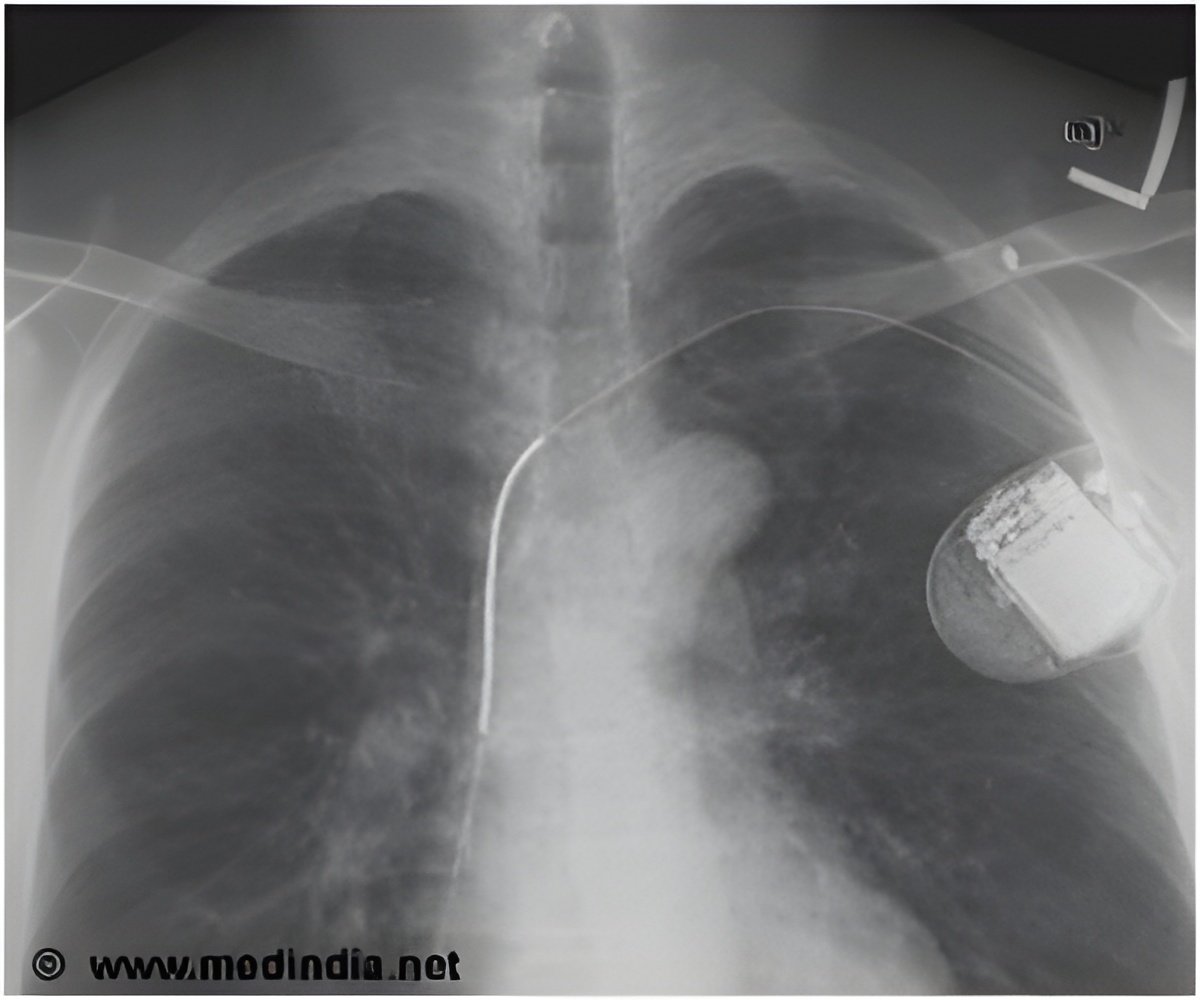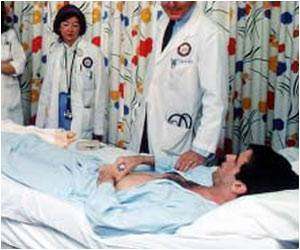
Not all patients are suitable for a conventional defibrillator. In some with congenital heart problems, there is no way to advance the leads into the heart through the veins. Also, those wires may pose a danger due to the risk of blood clots or infection. Patients often have to undergo a more complex and invasive surgery to attach the leads to the outer layer of the heart muscle in order to benefit from the use of a defibrillator
Conventional ICDs use leads that run from the device through major veins to an anchor point in the heart. These transvenous leads can cause problems in the long term. Despite decades of design improvements, leads can malfunction, break or stop working. Known as lead failure, this results in either inappropriate shocks or lack of proper regulation of the heartbeat. What's worse is that failed leads often must be removed, which poses serious risks to the patient.
What makes the new device special is that it is entirely subcutaneous. No part of it actually touches the heart. Instead, an electrode is implanted just under the skin near the heart. The defibrillator is connected to the electrode, and monitors the heartbeat at all times. If needed, it delivers a shock to the heart muscle to restore its normal rhythm.
Source-Eurekalert















